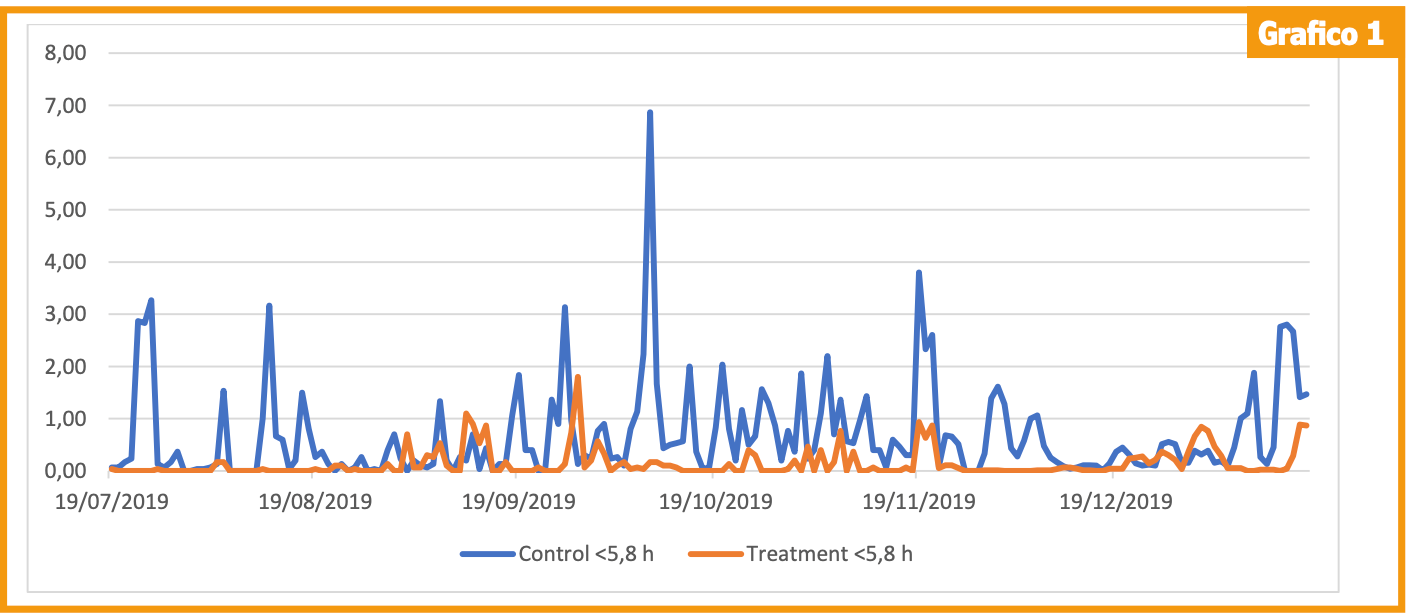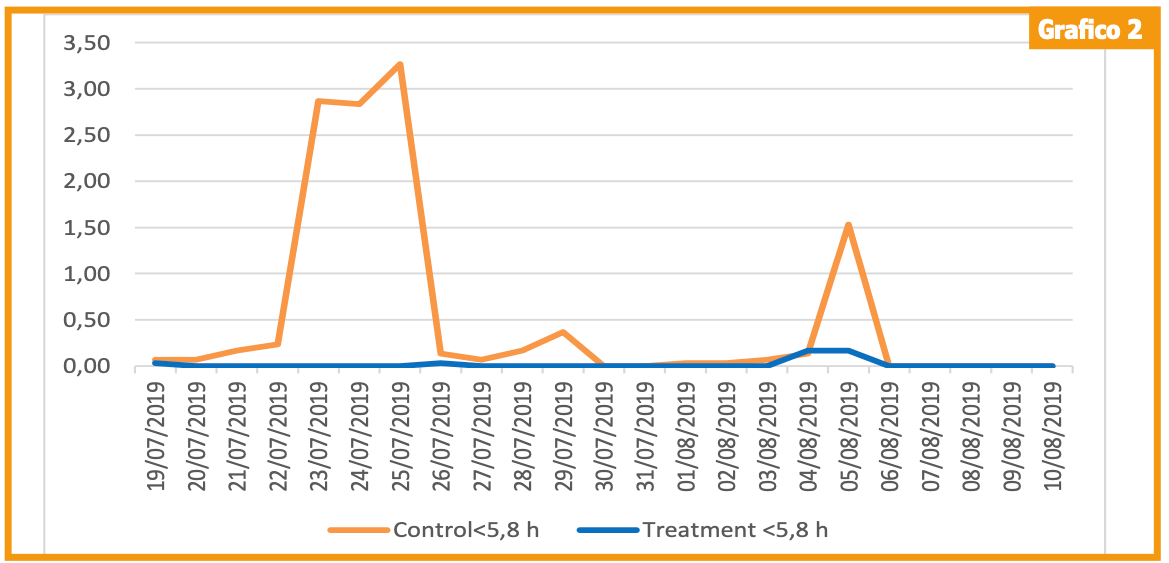More quality in the manger with liquid sugars
Once upon a time there was molasses, a by-product of sugar processing that was used for feeding livestock for its recognized appetizing and binding properties. Valuable qualities also for ruminants, who could thus benefit from rations that were not only more pleasant to the palate, but also better blended and therefore not “selectable” by the animal, for the benefit of ruminal health. But we repeat, this is, at least in part, the past. For two excellent reasons: first, because today the animal feed industry makes available to breeders the latest generation liquid foods, consisting of mixtures of simple quality sugars, enriched, as in the case of the products of the Sugar Plus line, with pectins, organic acids. nics or protein hydrolysates. Second, because in this area even international research has made great strides, and has discovered that simple sugars, in addition to the well-known technological qualities, also play a real dietary role, as they favorably orient rumen fermentations.
“The studies conducted – explains Carlo Sgoifo Rossi of the University of Milan, who was among the first researchers in the world to study the effects of simple sugars on beef cattle – have shown that these foods not only favor rumen bacteria in able to reabsorb and use lactate, the excesses of which lead to acidosis, but also stimulate the proliferation of the microflora that produces butyric acid, one of the main volatile fatty acids of the rumen.
With a double favorable consequence: on the one hand, in fact, butyric acid stimulates the development of the rumen epithelium that covers the internal surface of the rumen. And this entails greater capacity both for the absorption of volatile fatty acids, and for the repair of any continuous solutions, such as ulcers for example. But the second consequence, even more important, is that thanks to the production of butyric acid, there is less availability of H + protons inside the rumen, and this on the one hand prevents the lowering of pH and therefore rumen acidosis, and on the other hand it limits the production of methane. A gas that, as known, is eliminated from the animal through belching, but is harmful to the environment due to its recognized greenhouse effect “.
Field confirmations
But the most interesting aspect for our breeders is that the results obtained in the laboratory, by means of studies on ruminal kinetics, have also obtained accurate results in the field. And also in beef cattle. “In the test we recently conducted in a typical fattening farm in northern Italy – continues Sgoifo Rossi – we wanted to evaluate the effects of adding a product from the Sugar Plus line, included in the diet as a partial replacement for corn flour. , on the production performance and on the state of well-being and health of beef cattle fed with unifeed ration “.
(starch at 40-42% of dry matter and simple sugars at 3-3.5% of dry matter) and in a treated group (starch at 35-37% of dry matter and sugars at 8-8.5% of dry substance). All subjects that were followed both in the stable, for an entire production cycle (186 days), and at the slaughterhouse. The comparison between the two groups then concerned a wide range of parameters, from the quality of the unifeed, to the performance in the stable and at the slaughterhouse, and from the state of health and well-being of the animals (mortality, cases of respiratory disease and lameness) to ruminal functionality.
“To evaluate this last aspect – underlines our interlocutor – we used modern ruminal boluses on 10 animals per group, able not only to monitor the progress of the rumen ph, but also to send us alarm signals in the event of a sudden drop. or a sudden increase in the pH “

GRAPH 1: Hours per day with rumen PH below 5.8: the control group in blue, the treated group in orange (courtesy of Professor Sgoifo)
Eloquent results
The results probably went beyond the researchers’ expectations. In a nutshell: thanks to the addition of Sugar Plus, the heads of the treated group consumed greater quantities of a better blended and less selectable unifeed, and over the course of the test they grew more. At the slaughterhouse their carcasses were found to be heavier and with a lower pH at 24 hours from killing, and this is a favorable index for the tenderness, aroma and water retention capacity of the meat; furthermore, the colorimetric characteristics of the longissimus dorsi muscle were also better. The icing on the cake, thanks to the use of boluses it was possible to demonstrate that in the animals fed with Sugar Plus the rumen pH was more stable (graphs 1 and 2) and the fermentations had a more favorable trend, to the benefit of the health of the animals. animals. In the subjects of the treated group, in fact, fewer cases of respiratory disease (at the beginning of the cycle) and of lameness (in finishing) were found, with less need for antibiotic therapies.

GRAPH 2: Hours per day with rumen pH below 5.8 during the adaptation period: the control group in blue, the treated group in orange. (courtesy of Professor Sgoifo)
A matter of priority
“Compared to the past – concludes Professor Sgoifo Rossi – a change of approach is necessary, and to think about the use of simple sugars first of all for their dietary role and therefore for the favorable effects on rumen fermentations, and only in the second instance for their role as appetizers and binders.
In other words, it is necessary to give more weight to the favorable impact of simple sugars on rumen kinetics, an element which, as we have seen, has very important repercussions in terms of production efficiency, environmental sustainability, animal health and meat quality.
Finally, there is another aspect to reflect on, currently very important: with the soaring costs of food raw materials, which is affecting both protein and energy sources, the use of liquid feed as a partial replacement for starch, today allows the breeder some economic savings.
For the benefit of a sector which, I would like to remind you, in the coming years is called upon to feed an entire planet, thus helping to ensure the survival of humanity.
Taken from Top Breeders, number 9-2021
